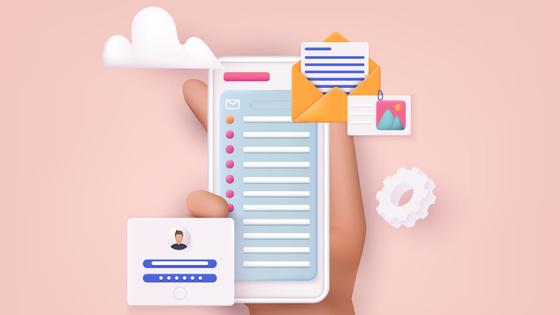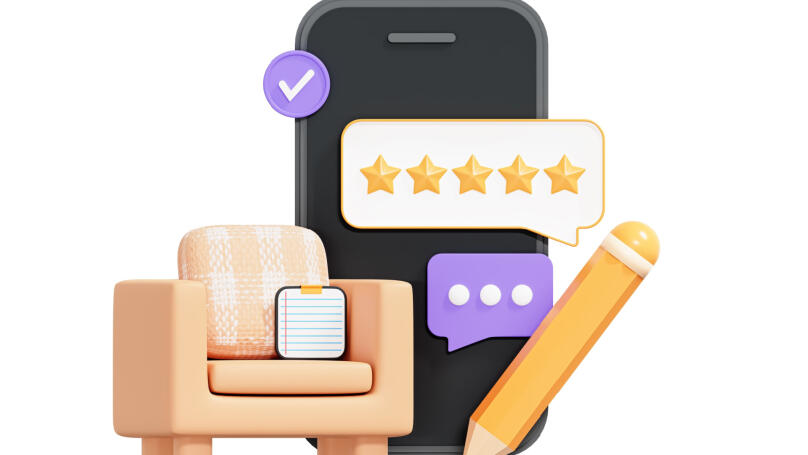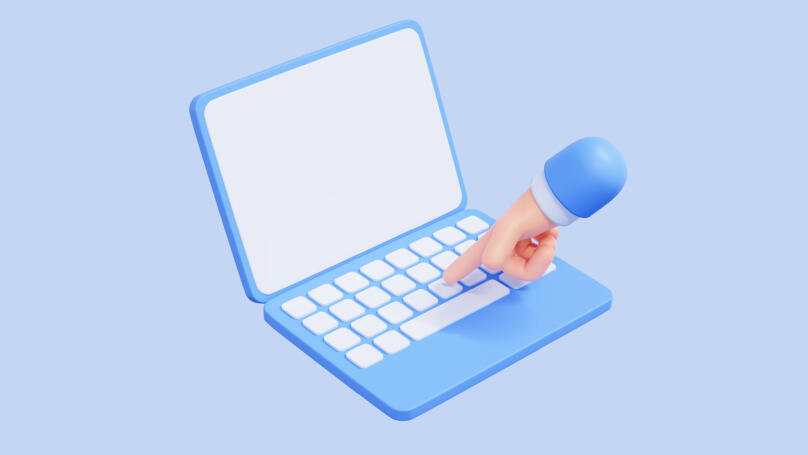What is Onboarding? How Must Companies Use It? Here's How to Create It for Yourself
Generally, starting successfully in a company is almost impossible without adapting to a new team, new requirements, and a new job.

That is why HR managers are increasingly focusing on onboarding - integrating a new employee into the workplace. Onboarding is also introducing a consumer to a product they have never used.
Today let's find out what employee onboarding is, why it is needed, who uses it and how you can organise it for yourself if your company does not have such a process.
What is Employee Onboarding?

Employee onboarding is the process of smoothly adapting a new employee to the company's environment. By environment we mean the corporate culture, job responsibilities and subtleties familiar to those who have been working for a long time and are entirely unclear to newcomers. Whether a person wants to stay in the company becomes clear during onboarding. They may not like the team atmosphere, the scope of tasks of their manager, and their colleagues. Onboarding is also responsible for getting to know these aspects accurately.
When Onboarding is Used
Onboarding is necessary in the following cases:
- A new employee unfamiliar with its corporate culture and values has joined the company.
- An employee who previously worked in a different department and function has joined the department. They know the company but not their new roles or their colleagues.
- A manager who previously worked in another industry has joined the company and does not know the thorough rules of the new enterprise.
Who is Responsible for Onboarding?
Usually, onboarding gets handled by an HR specialist. There are even recruiters who deal exclusively with onboarding. However, this responsibility sometimes falls on team leaders' shoulders, making onboarding a mess: the boss has better things to do than help a new employee understand the remote document management system. If the company doesn't have an onboarding culture and corporate culture in general, the responsibility of onboarding will become yours.
Why Companies Need Onboarding
They need it for employees to get up to speed quickly and have someone to help them figure everything out. So that they understand if they like working in the company in the first couple of weeks, so that they adopt the values of the organisation and become more loyal to it. Onboarding is the key to good performance over the long term. You must not skip it if you don't want to end up with unmotivated employees who don't understand their responsibilities or why they don't like their new job after a few days.
Stages of Onboarding
Onboarding is not one session spent explaining the rules of the job. It has certain stages, the sequence of which is acceptable to change.
Stage One
After signing the documents with the newcomer, you must prepare answers to the FAQs: What are the new employee's responsibilities? What's the dress code? Where's the best place to eat lunch? What's the company's behavioural culture - more formal or informal, etc? It would be fantastic if you list such questions and answers. It is worth preparing the workplace of the future employee, taking care of equipment and access to all necessary programmes, furniture, chair, and stationery. If the employee will have a uniform, it is better to provide it as early as possible. That's because when future employee sees that the place is not prepared for them, that they have been thrown in the deep end and have to cope with all the equipment on their own, and that the team is not even waiting for them, their desire to work decreases many times over.
Stage Two
After the start of work, it is essential to show the new employee how things function in the office to familiarise themselves with the central values of the team and colleagues from other departments. It is necessary to immerse the person in the atmosphere of the company. You can include videos about the company's history, organise welcome evenings, show presentations and other information delivery formats to do this.
It would be best if you delegated some of the responsibilities to the new employee's direct supervisor at this stage. Invite the new team member to all the chat rooms, explain how the company communicates with each other, and offer to subscribe to them on social networks. Of course, everything depends on the company. Some companies don't have a culture of following colleagues, for example, on Instagram, whilst others friend list you even before you officially start working for them.
Stage Three
It is crucial to help the employee learn. Find them a mentor or an assistant who can explain the subtleties of the work. It is good if it is not the manager but one of their colleagues: the boss may not have enough time for patient training. Such a mentor will help remember colleagues' names, show where the kitchen is on the floor, and explain how to use the local coffee machine. However, I'm sure you'll agree not every boss has time for such detailed and sometimes infuriating work!
Specify the employee's tasks. Help them define the results they need to achieve. However, don't overload them with everything at once because there is a high probability that a person will get scared and burn out. Keep in touch with the new employee outside the working environment, and bring them to social events (it is good if they are not only corporate events). Always support the newbie because, believe me, it is vital for them. Don't allow bullying - it shouldn't happen in adult teams, but sometimes bullying does happen. Celebrate the new employee's successes, and congratulate them on work anniversaries, even if it's been one month.
Don't be afraid to ask for feedback. The employee may not like your actions, and that's natural. All people are different - it's better to immediately clarify the corporate culture for them and adjust your approach as needed.
How Can You Onboard Remotely?

In a similar way: draw up a detailed adaptation programme, invite the newcomer to call colleagues, answer their questions one-on-one, set themm tasks and KPIs, select a mentor, and arrange calls for the mentor and the newcomer. Keep in touch with the person, be attentive and don't ignore their messages - this will be enough to make adapting to a new job easy and fast.
Lectera’s Online Courses by topic
Can You Learn How to Do Onboarding for Yourself?
Yes, you can. If the company is uninterested in onboarding and prefers not to interfere in adapting to a new job, you can do it yourself. The steps are the same; only you must request support yourself. In general, onboarding performed by an employee cannot be considered a full-fledged adaptation process since the company is not interested in help and support, and HRs are clearly not engaged in increasing employee loyalty to the employer. So, if you get forced to onboard yourself, think about it: do you really want to work in a team that does not have modern HR practices and does not help new employees get comfortable and get to know everyone?
To successfully conduct your onboarding, make a list of questions for you daily, and approach a colleague with whom you've already had a chance to chat and get to know a bit. Ask them to help you by answering a couple of the questions you have on your list. After that, look at their reaction: if the employee is happy to help you, you can mentally call them a mentor and address the newcomer's questions to them. On caveat, though, be careful not to address too many questions to this colleague. That's because if the company does not have a culture of onboarding, they may not understand why you are asking them and may respond sharply, thus spoiling your relationship. It happens, too, because not everyone can withstand a hail of questions from a new person in the team.
We have HR programmes for those who would like to learn onboarding, implement it in their organisation, or create a space for themselves to adapt to work in a new company. They will help you learn, practice your new skills on tests and confirmed cases, and apply them before you graduate from the programme. Find a list of courses from Lectera here. There are also entirely free programmes for those needing an emergency change!
Share this with your friends via:
Latest News

A significant stage in the development of the alternative education system has begun in West Northamptonshire in the UK: the County Council is actively calling on parents, guardians, and trustees to participate in shaping the future of this key area.

Outwoods Primary School in Atherstone, Warwickshire, having experienced deep sadness after the loss of their famous cat, Silla, has found solace in a new pet – a Maine Coon named Aloysius O’Hara.

In modern universities, artificial intelligence, and in particular ChatGPT, is rapidly transforming from a controversial tool into a full-fledged student assistant.

An innovative educational project is gaining momentum in UK primary schools, aiming to change attitudes towards video games.

The Massachusetts Institute of Technology (MIT) presents MIT Learn – a revolutionary online platform that opens a “new front door” to access university knowledge and resources.












 Which Christmas Movie Character Are You?
Which Christmas Movie Character Are You?
 Your New Year’s Forecast: What Awaits You in the New Year?
Your New Year’s Forecast: What Awaits You in the New Year?
 Test. What Career Goal Should You Set for Next Year?
Test. What Career Goal Should You Set for Next Year?
 Test. Which New Year Archetype Are You?
Test. Which New Year Archetype Are You?
 Test. How Should You Spend the Winter Holidays?
Test. How Should You Spend the Winter Holidays?
 Test. What Winter Dessert Are You?
Test. What Winter Dessert Are You?

